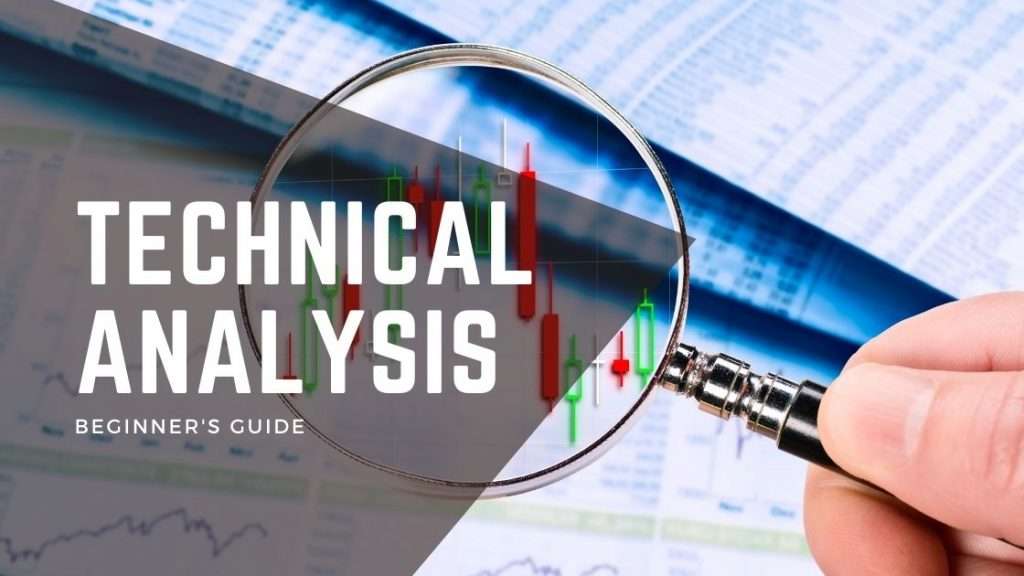Technical analysis is a powerful approach widely used by traders and investors to predict future price movements in financial markets. By examining historical data, such as price charts and trading volumes, traders can identify trends and patterns that help them make informed investment decisions. This article aims to provide new traders with a comprehensive guide on the fundamentals of technical analysis, key tools, and techniques to get started effectively.
1. Introduction to Technical Analysis
Technical analysis relies on the idea that past price movements often repeat themselves, creating identifiable patterns in market behavior. Traders who use technical analysis believe that analyzing historical price charts can help forecast future price movements, offering insights into potential opportunities and risks. Unlike fundamental analysis, which examines economic and company-specific data, technical analysis focuses solely on price action, ignoring external factors such as earnings or news events.
2. Essential Tools for Traders
A solid technical analysis requires access to essential tools, including:
- Price Charts: Historical price movements, generally displayed as line, bar, or candlestick charts.
- Technical Indicators: Mathematical calculations based on price and volume data, like moving averages, RSI, and MACD.
- Support and Resistance Levels: Points at which a price movement may be stopped or reversed.
- Trend Lines: Lines drawn on charts to identify the direction of a trend.
These tools aid traders in developing a strategy by providing context to market movements, entry, and exit points.
3. Understanding the Basics of Technical Analysis
Technical analysis operates on the theory that prices move in trends and that historical price patterns will repeat. This principle, called the “Price Action Theory,” is rooted in behavioral finance, where collective market behavior is studied to predict future price directions. While fundamental analysis considers economic factors, technical analysis strictly evaluates price behavior, helping traders focus on timing their trades more effectively.
4. Getting Started: Tips for New Traders
For those new to technical analysis, it’s crucial to grasp fundamental concepts before diving into complex strategies. Start with basic chart patterns like:
- Support and Resistance Levels: These help you spot where price trends may reverse.
- Trend Lines: Offer a view on whether the market is trending up or down.
- Moving Averages: Smooth out price data to help identify the market direction.
Learning how to interpret these patterns can significantly improve your trading confidence.
5. Exploring Technical Analysis Tools
Technical analysis tools come in various forms, each serving specific purposes. Here’s an overview of some widely used tools:
- Moving Averages: Used to identify overall trend direction and potential reversal points.
- Oscillators (e.g., RSI): Indicate overbought or oversold conditions, helping traders spot possible reversals.
- Volume Indicators: Show the strength of a price movement, offering insights into potential breakouts or breakdowns.
Using a combination of these tools enhances the accuracy of your analysis.
6. Pro Tips for Effective Technical Analysis
Effective technical analysis doesn’t rely on a single indicator or tool. Instead, successful traders combine several indicators to confirm trends and signals. Here are a few advanced tips:
- Combine Indicators for Confirmation: For example, use a moving average with RSI to get a more comprehensive view of the trend.
- Regularly Practice with Backtesting: Simulating trades using historical data can help improve your strategies and decision-making skills.
- Stay Updated on Market News: While technical analysis ignores fundamentals, market events still impact price behavior.
7. Best Trading Tools for New Traders
Several trading platforms offer tools designed for technical analysis:
- Online Platforms: These provide real-time data, customizable charts, and access to a wide range of technical indicators.
- Charting Software: Platforms like TradingView offer advanced charting features that help simplify the analysis process.
- Broker-Provided Platforms: Many brokers have in-built technical tools, making it easier for traders to execute trades based on analysis.
Utilizing these resources can simplify your trading journey, especially for beginners.
8. Key Advice for Beginner Traders
New traders should approach technical analysis with caution and discipline:
- Start Small: Begin with modest investments and increase exposure gradually as you gain confidence.
- Set Realistic Goals: Avoid the temptation of quick profits; focus on steady growth.
- Maintain Discipline: Stick to your plan, avoiding emotional decisions that can lead to losses.
Maintaining a level-headed approach is essential for long-term success in trading.
9. Learning and Mastering Technical Analysis
Learning technical analysis is a continual process that requires patience and dedication. Resources such as:
- Online Courses: Many platforms offer comprehensive courses on technical analysis.
- Books and E-Books: Resources like “Technical Analysis of the Financial Markets” by John Murphy are great for foundational knowledge.
- Mentorship Programs: Joining trading communities or learning from experienced mentors can fast-track your learning journey.
Commit to constant improvement to build a solid foundation in technical analysis.
10. Technical Analysis for Stock Market
Technical analysis plays a crucial role in stock trading, where traders analyze historical price data to anticipate future movements. By studying price trends of stocks or indices, traders aim to find profitable entry and exit points. Chart patterns like head and shoulders, double tops/bottoms, and candlestick formations are commonly used to identify potential reversals or continuations in price trends.
11. Applying Technical Analysis in Forex Market
The forex market’s high liquidity and volatility make technical analysis particularly useful. Traders utilize indicators such as:
- Moving Averages: Track trends in currency pairs.
- RSI and MACD: Help identify overbought or oversold conditions.
- Support and Resistance Levels: Aid in spotting possible entry and exit points.
Using these tools can assist forex traders in navigating the complexities of the currency market.



